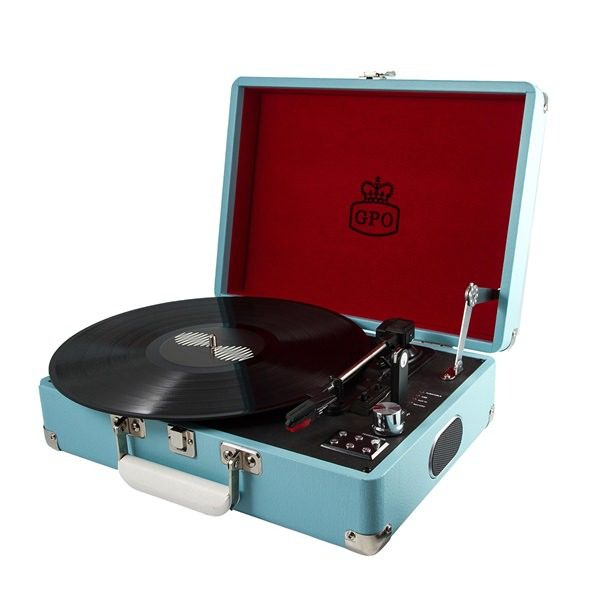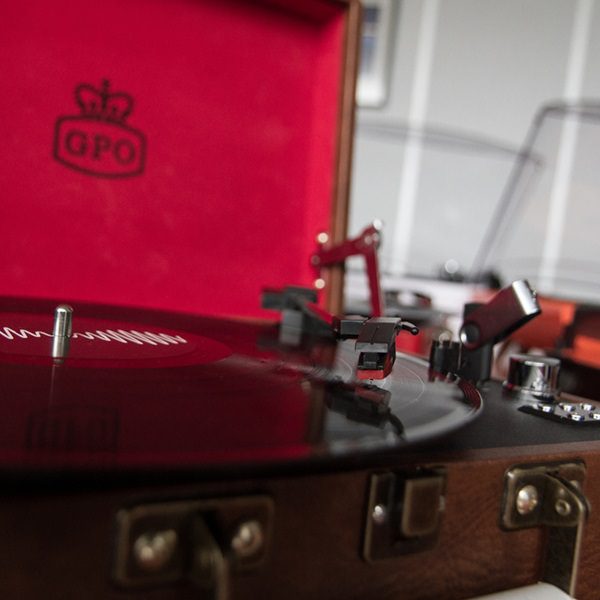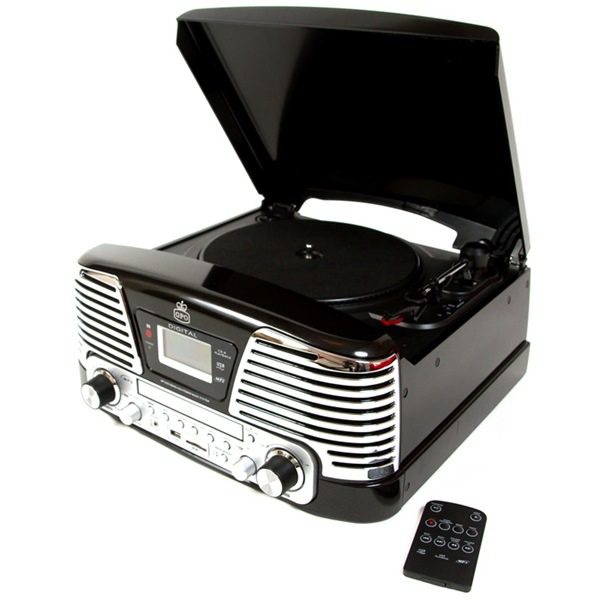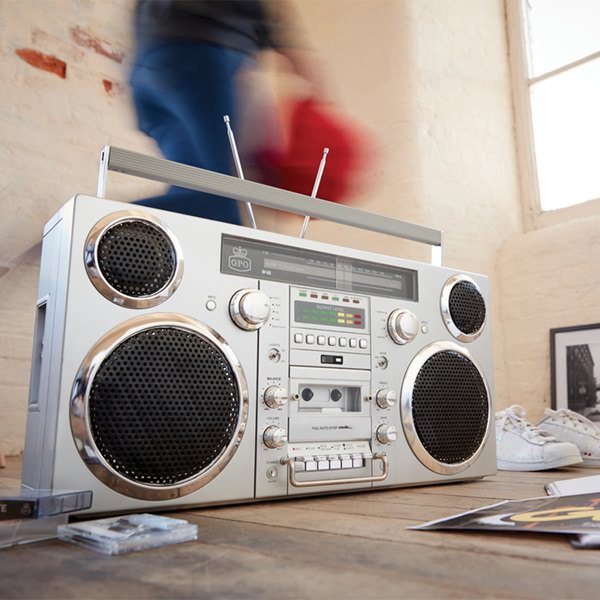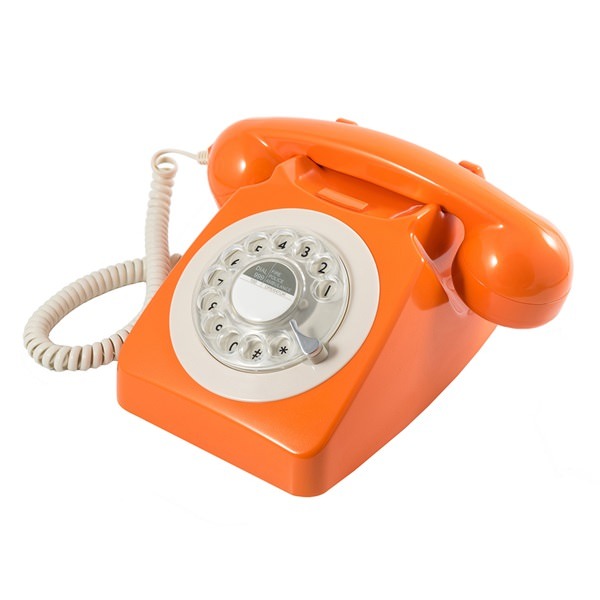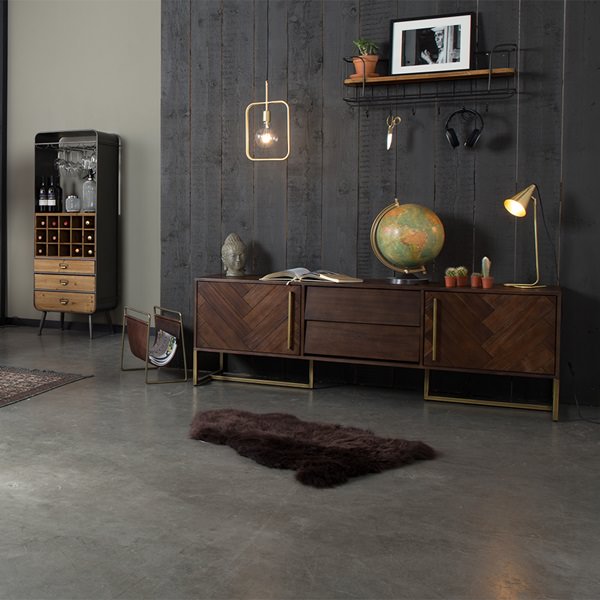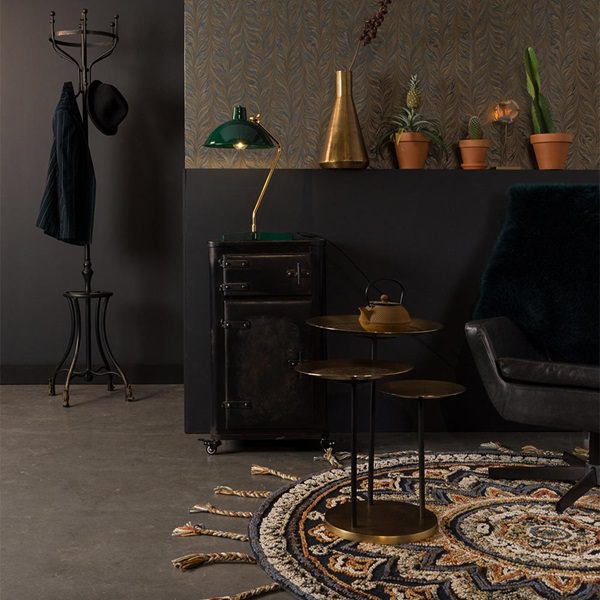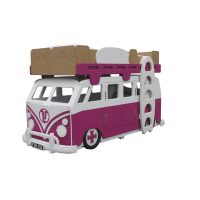Ultimate Guide to Record Players
In an age of music streaming and smart phones, record players might seem a bit daunting, for a first-timer that is. But it doesn’t have to be – not with our thorough Cuckooland guide to retro record players:
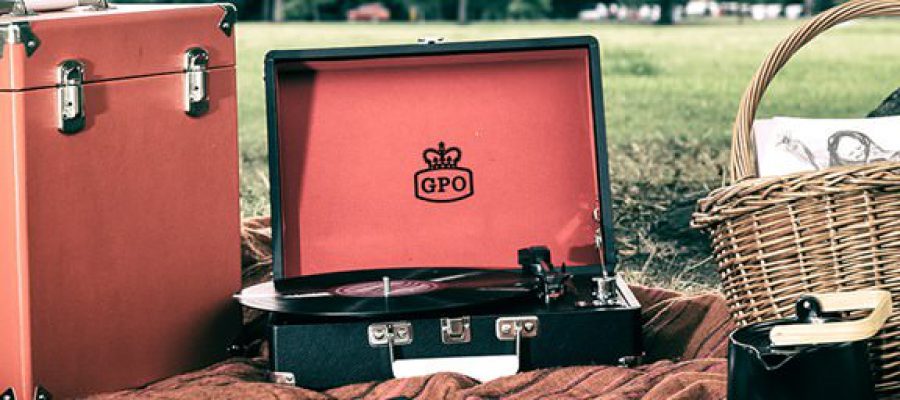
The Retro Revival
The lights are low. Perhaps a candle or two flicker an indeterminable reflection on the wall. Your favourite bottle is uncorked. You’ve pulled on the go-to cotton sweater and the recipe book is safely hidden from view. With cologne clinging to stubble, the mood is set. Apart from your partner or spouse, something else is missing…
Music!!? Glorious music. But not the way it sounds now – all perfect and empty. No. The way it sounded back when Spandau was a Ballet and Paul was Young. Whatever happened to that hard-earned rawer sound; the nostalgic warmth of a vinyl library to flip through and send spinning. Not a CD, or the overwhelming convenience of digital songs. Because nothing good ever came from something so easy! We worked and fought hard for our music back then – the vinyl record was a tangible peel-back-the-layers sleeve of hidden treasure as difficult to transport in a rucksack as it was to carry on a bike. But oh so worth it, and pulling the record out of the sleeve was sheer wizardry – a spell that should never have been broken and certainly not by a device a fraction of the size of a Walkman! Oh how we miss you records and record player!
We want our music deep and scratchy. And we demand the amplified crackle our finger makes when we clean the needle; releasing a tiny white ball of cosmic dust and we watch as it gets sucked into this spinning, mesmerising black hole. There’s a little nervous jolt of anticipation as we carefully lower the tonearm down and life is good. But careful now, the guests are in earshot and you’ll be judged. With surgical precision we position it on a line so thin we need three restarts to get it right. Sigh. Back when the future was a comet called Halley.
The anatomy of a record player
To help you get your head around what a quality device should look and sound like, let’s run through the anatomy of a basic record player:
The device needs somewhere to stand or sit upon, and the plinth fulfils just that. Old-school players were usually flat, made for sitting on cabinets and tables, but contemporary models are a lot more portable. They can arrive on a four-legged table of their own, or even inside a suitcase, clipped shut when they’re not in use.
This is the round component that holds the spinning record. Generally, it has to be a little soft to the touch, saving the vinyl from abrasive movement. A heavier platter means that your EP/LP will turn with more stability, and keep the needle from slipping. Every platter will be able to hit up to three potential speeds – 33, 45 and 78 RPM (Revolutions Per Minute) – which must be aligned to the designated speed of the record.
It’s the actual needle, and thus central to the overall quality of your sound. Styli can be worn away over time – a blunt one will not do you any favours! By replacing your stylus regularly, you’ll refrain from damaging your albums through bad head quality or the spread of accumulated dirt and dust. They come primarily in a spherical or ‘elliptical’ (sharp) form, which is alternately more or less sensitive to high-frequency grooves.
Listen extra closely here, because cartridges direct the biggest chunk of your listening quality. They’re the appliance that holds the stylus in place; when the needle hits the record, it translates the vibrations through electric circuitry and out of the speakers as functioning audio.
You’ll recognise this feature since everyone looks forward to resting the needle where it needs to be – this is what the tonearm is for. There are automated tonearms that, once switched on, direct the stylus to the starting groove of the record, but many vinyl buffs relish the manual kind. A poorly designed tonearm might result in different speeds as the needle gets closer to the centre, so you really do have to go for an ace component here, and handle it very gently.
Modern features to consider
We’ve got those basic elements out of the way, but modern record players have more to share. The 21st century has unlocked a wonderful mid-point between two mediums, with turntables that provide digital compatibility if you want it.
For example, you’ll probably come across those with an auxiliary port, there to hook up your smartphone or mp3 device to the speakers. The slim, light and portable nature of contemporary designs are ripe for parties at a friend’s house, or outdoor listening when the weather’s behaving itself – on these occasions, you might not have a stack of records to hand. Aux ports can keep the tunes flowing for an ad hoc listening session.
Furthermore, you can actually record that coveted vinyl sound (!!) as a digital file. The LP will spin, and those frequencies will be stored and transferred via a USB stick. In theory, you can take a near-perfect replica of the vinyl tonality on the move, even if the record player is at home!
Some record player FAQs…
Before you jump madly into the pleasures of record collecting, we’d like to cover off a few important questions other customers have had:
1. What are the advantages of analogue listening devices?
Would we be so bold as to say the main advantage is a purer sound? Why? Because vinyl does not possess the compression that’s pasted over digital file formats – the sound created by vinyl is stripped out or removed when listened to in a digital format and the original ‘grainy’ sound of vinyl is replaced with a digitalised sound when converted. When a song is readied for streaming, the aural textures are mushed together, ironing out a lot of the unique production qualities. So its certainly subjective but music purists will argue that the old fashioned record is a purer sound.
Complex, layered sounds have more room to ‘breathe’, as it were, compared to an mp3 format. Guitars sound scuzzier; electronic music is softened and given the fuller tone of a real instrument. There’s less difference in the volume, the stereo field, and the mid-range (i.e. not too bass-heavy or high-pitched) elements of a track.
2. I’ve heard of a phono pre-amp – what is it exactly?
In essence, a turntable emits a PHONO output signal that must be converted if it’s to arrive through your stereo speakers. Phono pre-amps do the job, picking up even the subtlest of frequencies from the cartridge. You won’t have to buy a separate pre-amp with a record player: the turntable has a built-in speaker system, doing all the necessary work for signal transfers.
3. What happens if I don’t use the required RPMs?
As we mentioned, each LP or EP will have a recommended speed on the sleeve, based on the RPM you need to match it with. 78 RPM, being the original vinyl concept, can only hold a single song – the whole of the record is dedicated to it, and thus must be spun a lot more rapidly to accommodate the length of a few minutes. 45s and 33s, on the other hand, can hold a lot more information (full albums’ worth of material), so demand a lower spinning rate. If you pair a record with the wrong RPM setting, the audio will be too fast or too slow when it’s played.
4. When should my needle be replaced?
That’s a very good question, but it’ll rest on the stylus you invest in. Every needle has an estimated lifespan, usually measured in hours, that counts down its peak performance. You can cross-reference your stylus with the manufacturer – checking, for instance, that it has a 400 or 500-hour guarantee – and count how much time you use it for, logging your listening periods on a tally chart. Or simply replace it when you feel the sound quality is compromised – you can tell that a needle should be replaced when it starts to skip, deaden the richness of the sound, or cause a hiss on the record grooves.
Require more assistance?
Now that you’ve mastered the basics, Cuckooland has a wide range of record players to choose from so you can put your new found knowledge to good effect. Need more info or advice – call our retro record player aficionados on +44 (0) 1305 231231or email us at customerservice@cuckooland.com for plenty more good, helpful vibrations.
